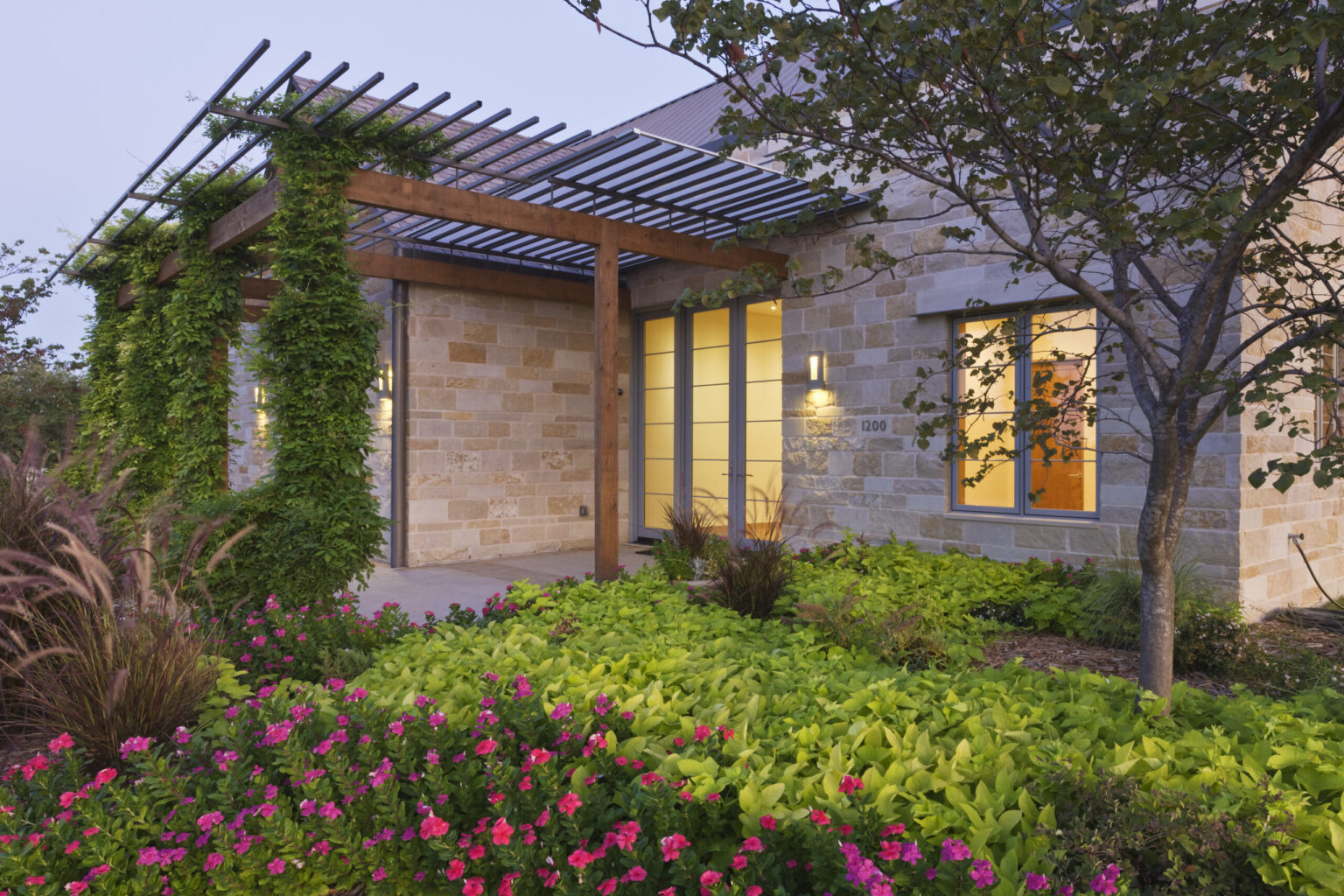Maintaining the exterior of your home is just as important as taking care of the interior. If you fail to give your home’s siding the attention it needs, it will soon throw off the balance of your overall home aesthetics. Damaged sidings can even affect the structural integrity of your house. In this article, we will explore some effective techniques for maintaining your home’s siding and ensuring that it remains in tip-top condition.
Understanding the Importance of Siding Maintenance
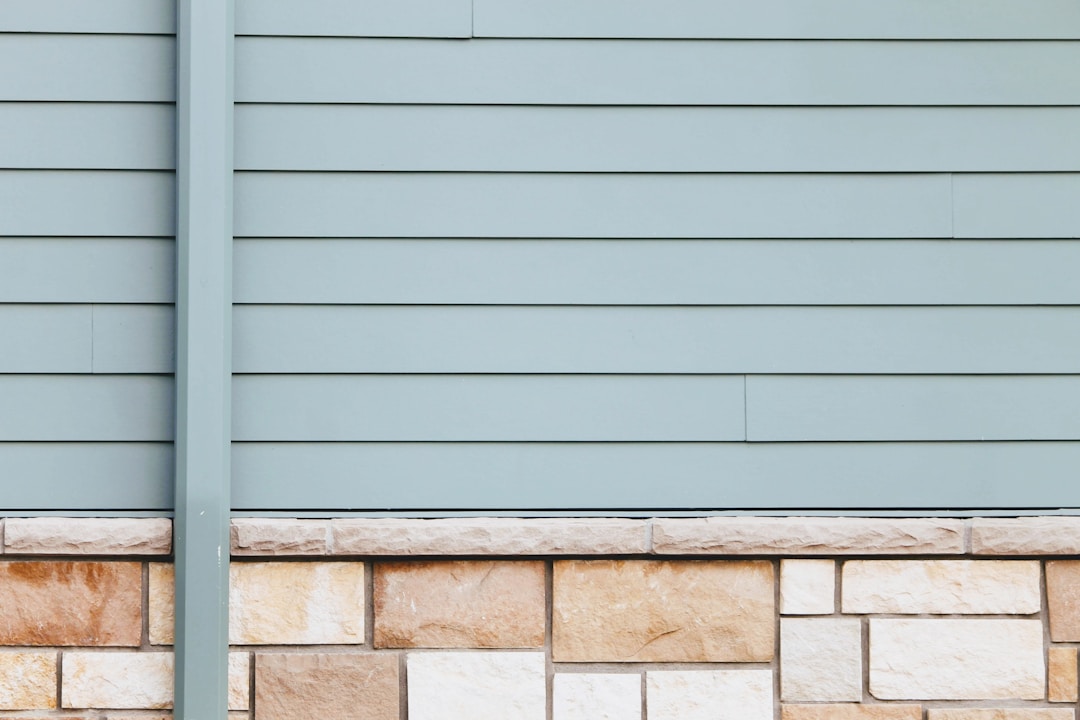
First, you need to understand the role your siding plays. It’s not just about aesthetics, it also protects your home from the elements. Hence, regular maintenance is not an option, but a necessity if you want your home to maintain its value and safety. A well-maintained siding will better withstand severe weather conditions, prevent water damage, and protect your home from pests. It also helps in insulation, making your home more energy-efficient and comfortable.
Consider hiring T.U.F.F. Exteriors professionals if your siding is in poor condition or if you’re considering replacing your current siding. Their expertise, access to specialized tools, and ability to save you time and effort make them the best choice for a successful siding project. Investing in professional services can save you money in the long run by preventing further damage and ensuring the longevity of your siding. Professionals are trained to work efficiently, completing the project in a timely manner while ensuring high-quality results.
Moreover, well-kept siding can meaningfully boost the curb appeal of your house. Whether you’re planning to sell your house or just want to make it the envy of the neighborhood, maintaining your home’s siding should be part of your plan. Faded, broken, or dirty siding can make your home appear old and neglected, resulting in a decrease in its value. Neglecting your siding maintenance can lead to costly repairs. If left unchecked, problems like mold growth, rotting, and pest infestation can significantly weaken your house structure.
Types of Siding and Their Maintenance Needs
Different types of siding require varying levels of maintenance. That’s why you need to know your siding material to adequately meet its upkeep needs. The common materials used for siding include wood, vinyl, metal, stucco, and fiber cement. Each of them offers unique benefits and maintenance challenges. For instance, wood siding, while aesthetically pleasing, is more susceptible to weather damage and requires periodic painting or staining to prevent decay and rot.
On the other hand, vinyl siding is relatively low-maintenance but can crack or break under certain conditions. Regular cleaning using a soft brush and mild detergent is usually sufficient to keep it in good shape. Metal siding, usually aluminum or steel, is sturdy and resistant to many elements but can be prone to denting and rust. Stucco siding requires a good paint job and quick repair of any chips or cracks to prevent water intrusion. Fiber cement siding is a durable and low-maintenance option that can mimic other materials’ look, but like all siding types, it benefits from regular inspections and prompt repair of any damages.
Regular Cleaning – The Key to Pristine Siding
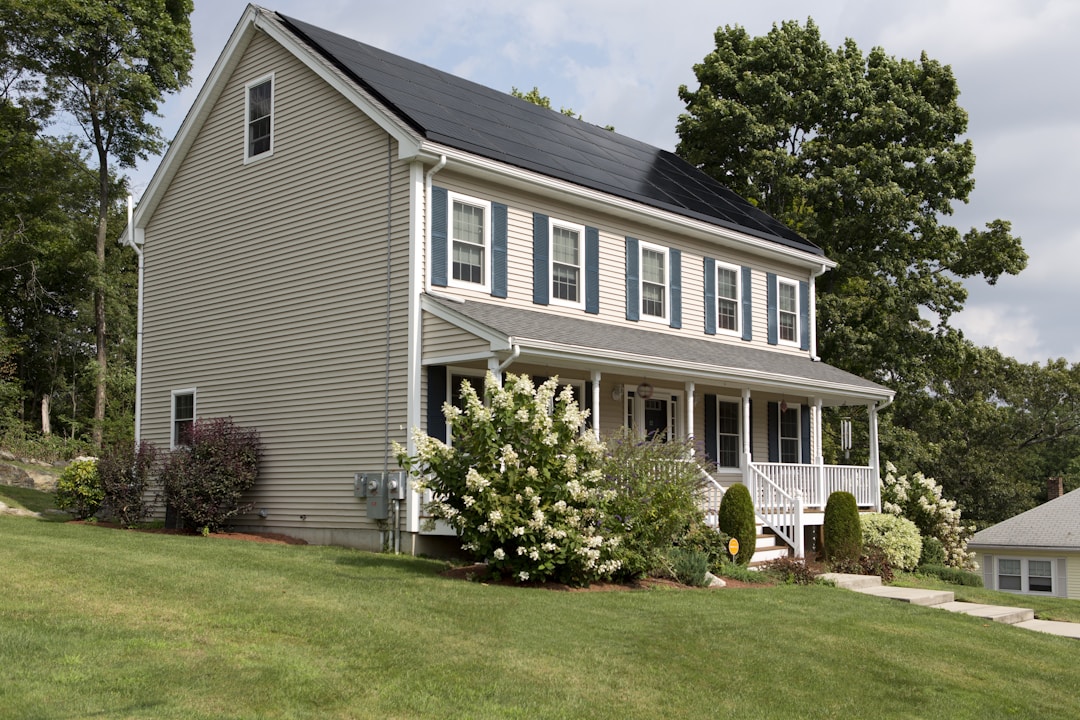
Regardless of the type of siding installed in your home, regular cleaning is essential. Dirt, grime, and mildew can accumulate on your siding over time, discoloring it and potentially causing damage. Cleaning your siding at least once a year can maintain its appearance and increase its lifespan. The type of cleaning method depends on your siding material. For most types, a garden hose paired with a soft brush is enough to remove the surface dirt.
For more stubborn stains or mildew, a solution of bleach and water or a specialized cleaning solution may be needed. Always rinse your siding thoroughly after applying any cleaning solution. It’s also worth noting the appropriate time to clean your siding. Choosing a cool, cloudy day is advisable since it prevents the cleaning solution from drying too quickly on the siding before it has a chance to clean effectively.
Early Detection of Problems
Siding problems, when left unaddressed, can escalate into far more serious issues. Early detection of problems is key to keeping repairs manageable and affordable. Common issues to watch out for include cracked, loose, or missing panels, warping, moisture or water stains, dry rot, mold, and insect infestation. Opt for routine inspections of your siding, particularly after severe weather events, to ensure that it’s in good condition. Remember, some problems might not be visible from the outside.
Therefore, also check your interior walls for signs of siding damage like peeling paint or warped wallpaper. If you spot any issues during your inspection, it’s vital to address them quickly. Depending on the nature and extent of the problem, you may be able to handle the repairs yourself or you might need to call in a professional. Don’t be tempted to ignore small issues – even minor siding damage can lead to major problems if not corrected promptly. Always look for a contractor with a lot of experience and a track record of high-quality work.
Taking Care of Siding: A Few Practical Tips
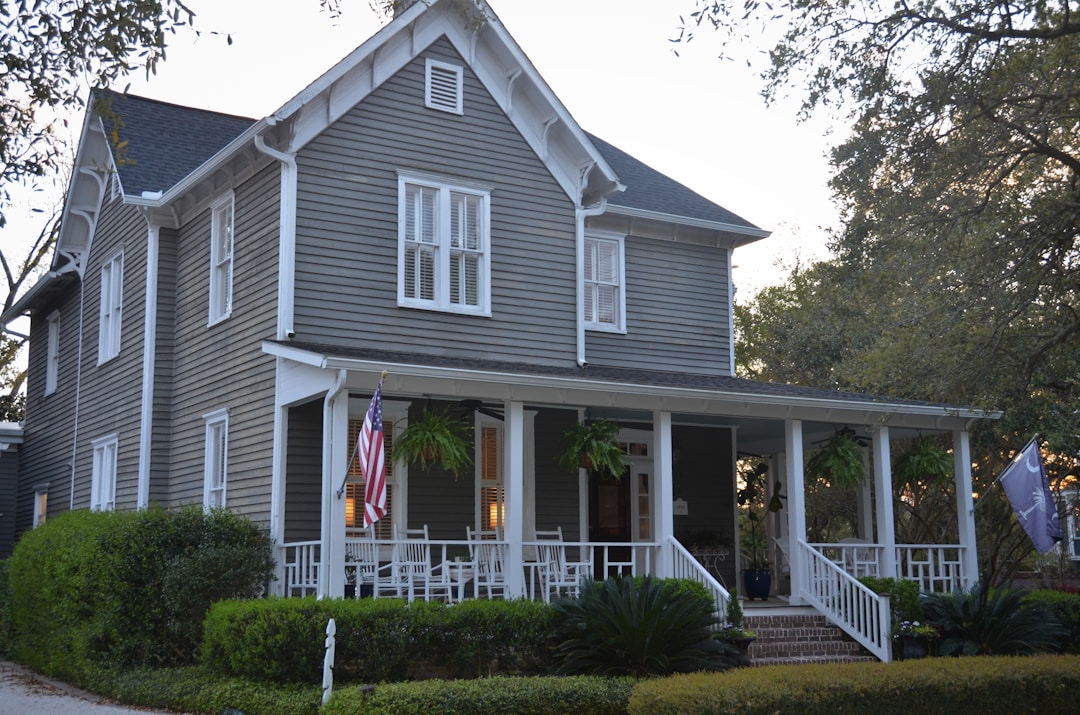
Certain measures can help preserve the look and extend the life of your siding. For example, trimming the shrubs and trees around your house can prevent them from scratching your siding and causing damage. Be aware of the areas around your grills or outdoor fireplaces – heat can warp or discolor your siding. Additionally, ensure your gutters are in good working order to stop water from splashing on your siding, which could lead to water damage over time.
Furthermore, plan for a professional inspection every few years, especially if your siding is older. While you can perform a basic check yourself, a professional will be able to spot issues you might miss and can offer advice on any necessary repairs or replacements. Beyond that, if you’re considering painting your siding, consult a painter to ensure you choose the right type of paint. Not all siding materials accept paint well, and the wrong choice could result in peeling, cracking, or other problems.
When to Replace Your Siding
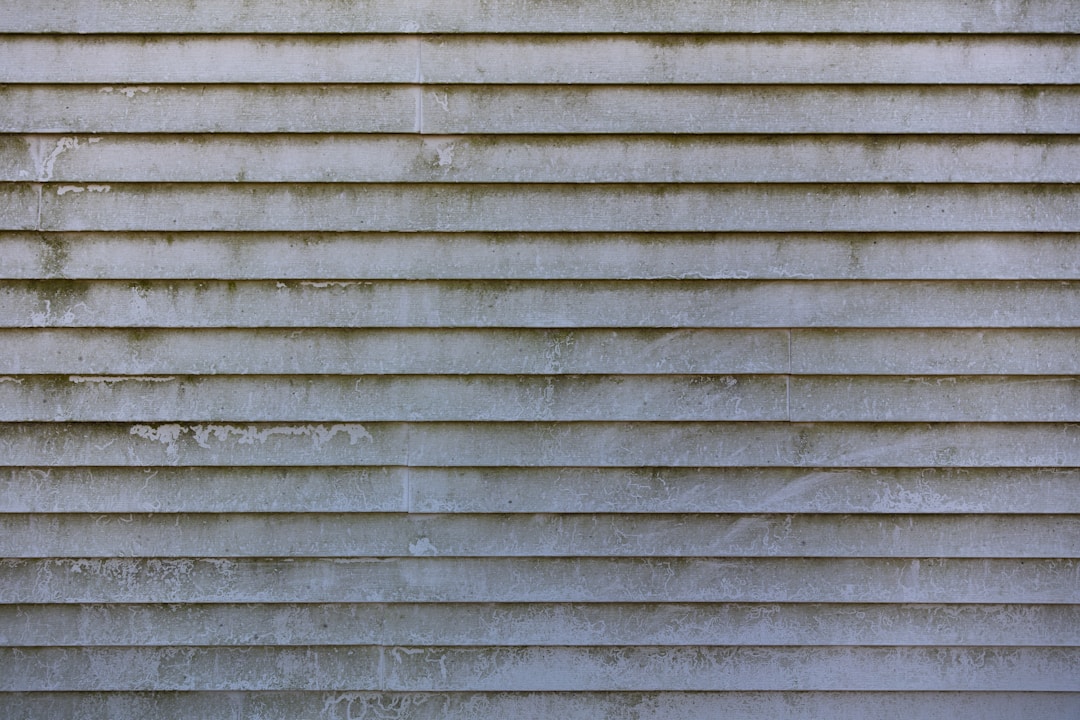
Despite regular maintenance, which is extremely valuable, there will come a time when your siding will need to be replaced. Clues that your siding might be nearing the end of its lifespan include serious fading, frequent need for painting, high heating and cooling bills, and widespread damage or decay. If you’re experiencing any of these issues, it might be time to consult a professional about the possibility of replacing your siding.
Choosing new siding can be a daunting task given the variety of options available in the market. Consider factors such as durability, maintenance level, pricing, aesthetics, and weather resistance while picking your new siding. Know that investing in high-quality siding can save you money on repairs and maintenance. Whether you decide on replacement or repair, it’s recommended to work with a certified contractor who can ensure a proper installation. They can advise on the best materials for your house and will stand behind their work, giving you peace of mind for years to come.
As this article has clearly illustrated, siding maintenance is something every homeowner should take seriously. Taking small preventive steps today can save you from large costly repairs tomorrow while keeping your home’s exterior looking pristine. With proper care and attention, your home’s siding can serve you well for many years. Follow our advice and you can trust that you’re taking the best possible care of your home.

